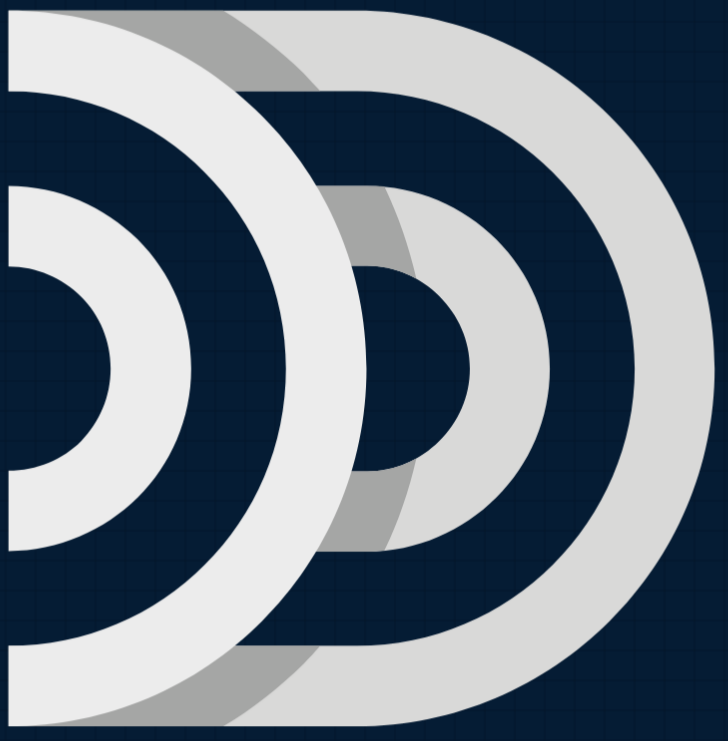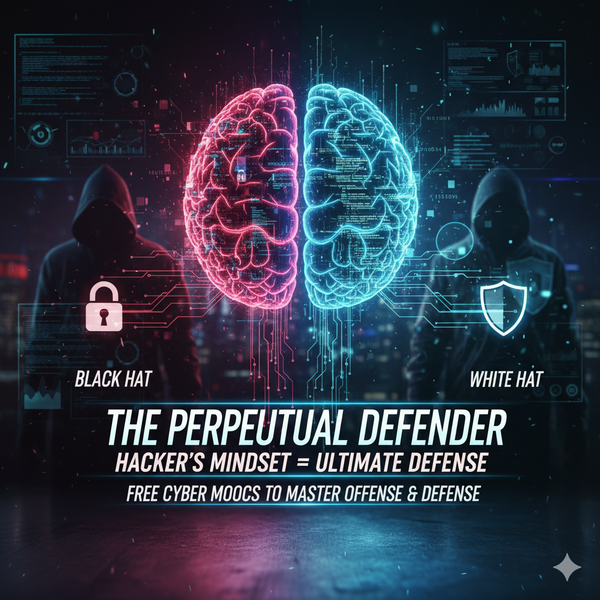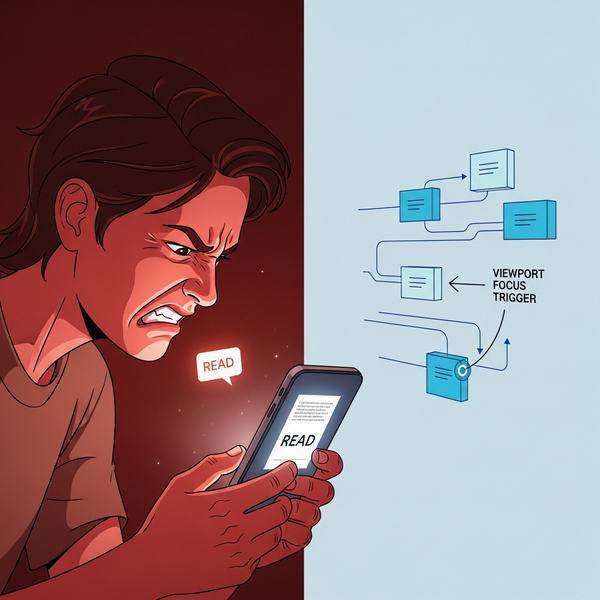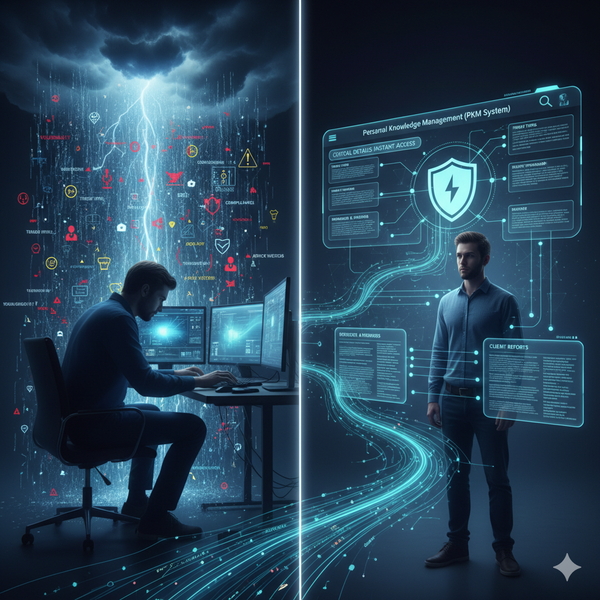Professional vs. Personal Digital Boundaries in Cybersecurity

Understanding the Digital Divide
The line between our professional and personal digital lives has become increasingly blurred, especially with remote work, personal devices for business use, and social media presence. This convergence creates unique cybersecurity challenges that require careful boundary management.
Professional Digital Persona
Characteristics:
- Company email accounts and communication platforms
- Business-focused social media profiles (LinkedIn, industry forums)
- Access to corporate networks, databases, and sensitive information
- Use of company devices and software
- Adherence to organizational security policies
- Professional reputation management
Typical Activities:
- Client communications and file sharing
- Accessing proprietary business systems
- Participating in video conferences with sensitive discussions
- Managing business relationships online
- Handling confidential documents and data
Personal Digital Persona
Characteristics:
- Personal email and social media accounts
- Casual online interactions and entertainment
- Personal financial and health information
- Family photos and private communications
- Personal shopping and lifestyle choices
- Individual privacy preferences
Typical Activities:
- Social networking and personal content sharing
- Online banking and shopping
- Personal cloud storage and photo sharing
- Entertainment streaming and gaming
- Personal relationship management

Where Boundaries Blur
Bring Your Own Device (BYOD): Using personal smartphones, tablets, or laptops for work creates immediate overlap between professional and personal data on the same device.
Social Media Crossover: Personal social media accounts can inadvertently reveal professional information, while professional networks may expose personal details.
Work-from-Home Scenarios: Home networks handling both personal and professional traffic, family members potentially accessing work devices, and informal communication channels.
Email and Communication: Using personal email for work tasks, or work email for personal communications creates data mixing.
Cybersecurity Implications
Professional Risks Affecting Personal Life
Data Breach Exposure: A breach at your workplace can expose your personal information if you've used personal details for work accounts or mixed personal/professional data.
Targeted Attacks: Cybercriminals may target you personally to gain access to your employer's systems, using personal information to craft convincing phishing attempts.
Reputation Damage: Professional security incidents can spill over into personal reputation, affecting future career prospects.
Personal Risks Affecting Professional Life
Weak Personal Security: Poor personal cybersecurity habits can provide entry points for attackers to access professional systems.
Social Media Intelligence: Personal social media posts can provide information for social engineering attacks against your workplace.
Family Member Vulnerabilities: Family members using shared devices or networks can inadvertently compromise professional security.
Cybersecurity Strategies for Boundary Management
Creating Clear Digital Boundaries
Device Separation:
- Use separate devices for work and personal activities when possible
- If using the same device, create separate user accounts
- Implement mobile device management (MDM) solutions for work phones
Account Segregation:
- Maintain separate email accounts for professional and personal use
- Use different passwords and authentication methods
- Avoid logging into personal accounts on work devices
Network Isolation:
- Use separate networks for work and personal activities at home
- Consider a dedicated work VPN for professional activities
- Implement guest networks for personal devices
Professional Cybersecurity Practices
Identity Management:
- Use corporate identity management systems
- Implement role-based access controls
- Regular access reviews and deprovisioning
Data Classification:
- Clearly classify and label sensitive business information
- Implement data loss prevention (DLP) policies
- Train employees on data handling procedures
Incident Response:
- Develop clear incident reporting procedures
- Separate personal and professional incident response protocols
- Maintain professional communication during security incidents
Personal Cybersecurity Practices
Privacy Management:
- Regularly review and adjust social media privacy settings
- Be mindful of what personal information you share online
- Use privacy-focused browsers and search engines
Financial Security:
- Keep personal banking and financial accounts completely separate
- Use dedicated devices or browsers for financial activities
- Monitor personal credit reports regularly
Family Security:
- Educate family members about cybersecurity risks
- Implement parental controls and monitoring
- Create family cybersecurity policies
Best Practices for Boundary Management
For Organizations
Clear Policies:
- Develop comprehensive acceptable use policies
- Define what constitutes personal vs. professional use
- Provide guidelines for social media and online presence
Technical Controls:
- Implement containerization on mobile devices
- Use virtual desktop infrastructure (VDI) for remote work
- Deploy endpoint detection and response (EDR) solutions
Training and Awareness:
- Regular cybersecurity training that addresses personal/professional boundaries
- Simulated phishing exercises using both personal and professional scenarios
- Clear communication about consequences of policy violations
For Individuals
Mindful Sharing:
- Think before posting personal information that could be used professionally
- Avoid discussing work details on personal social media
- Be cautious about location sharing and check-ins
Secure Practices:
- Use strong, unique passwords for all accounts
- Enable two-factor authentication on both personal and professional accounts
- Regularly update and patch all devices and software
Situational Awareness:
- Be aware of who can see your online activities
- Understand the privacy policies of platforms you use
- Consider the long-term implications of your digital footprint
Managing the Hybrid Reality
Since complete separation isn't always practical, focus on:
Risk Assessment:
- Evaluate the security implications of each boundary crossing
- Implement appropriate controls based on risk levels
- Regular review and adjustment of boundary policies
Selective Sharing:
- Be strategic about what information crosses professional/personal boundaries
- Use privacy controls to limit exposure
- Consider the audience for each piece of information you share
Incident Preparedness:
- Have plans for when personal security incidents might affect work
- Understand your organization's policies for reporting personal security issues
- Maintain communication channels for both personal and professional security concerns
The key to managing professional and personal digital boundaries in cybersecurity is recognizing that while complete separation may be ideal, the reality requires thoughtful risk management and clear policies. By understanding where these boundaries blur and implementing appropriate controls, both individuals and organizations can better protect themselves from the unique risks that arise from our interconnected digital lives.





